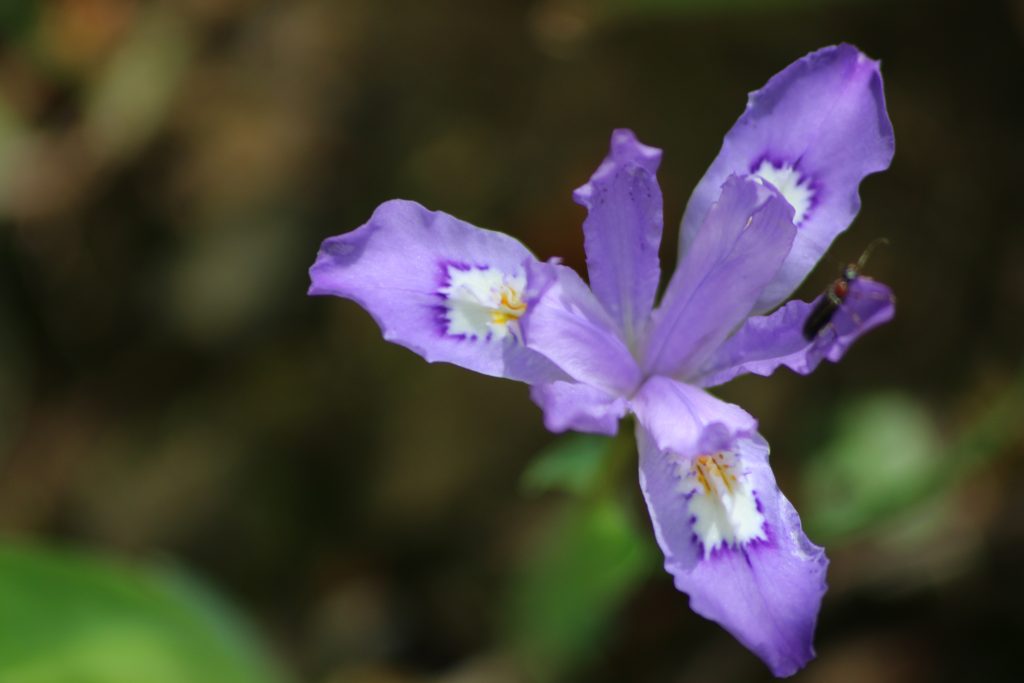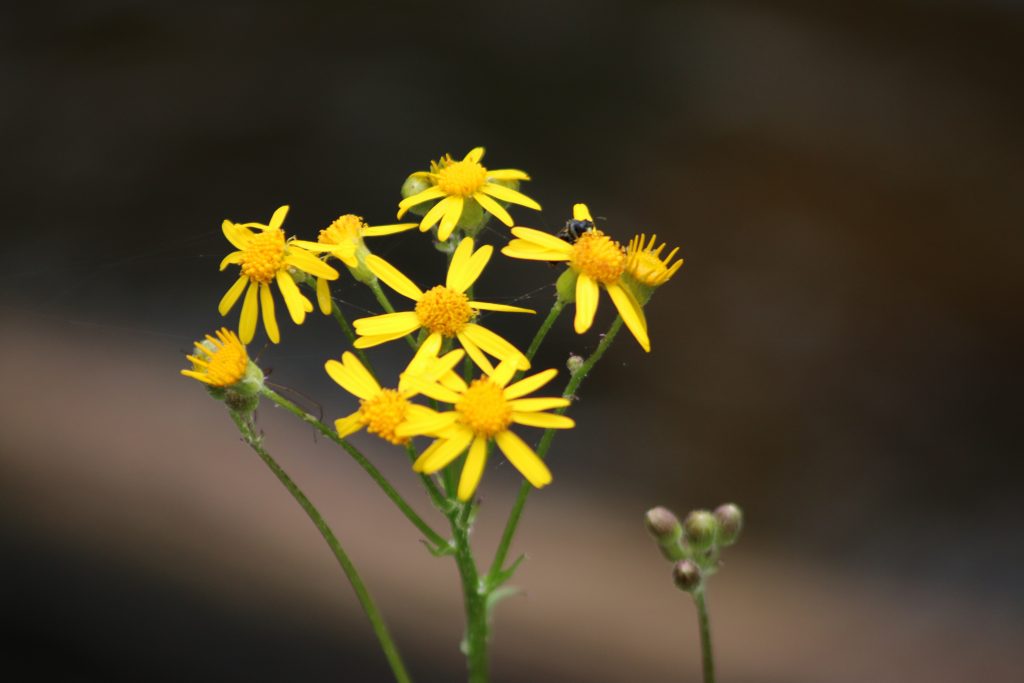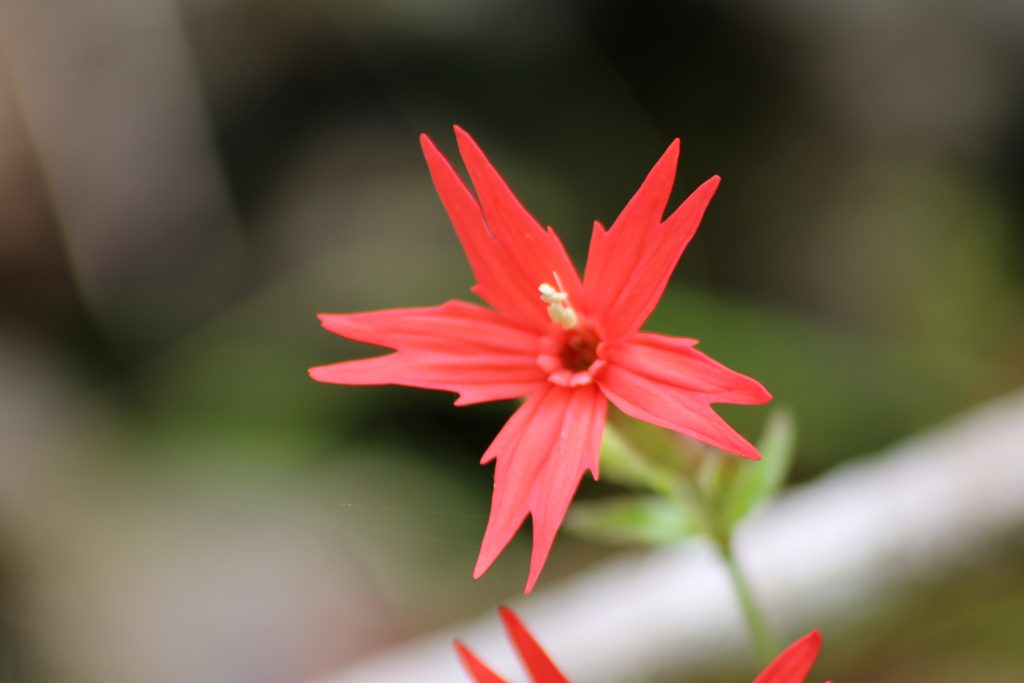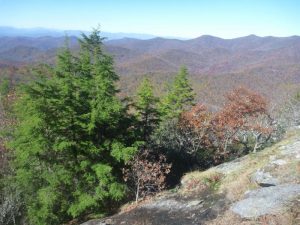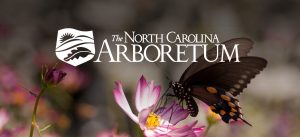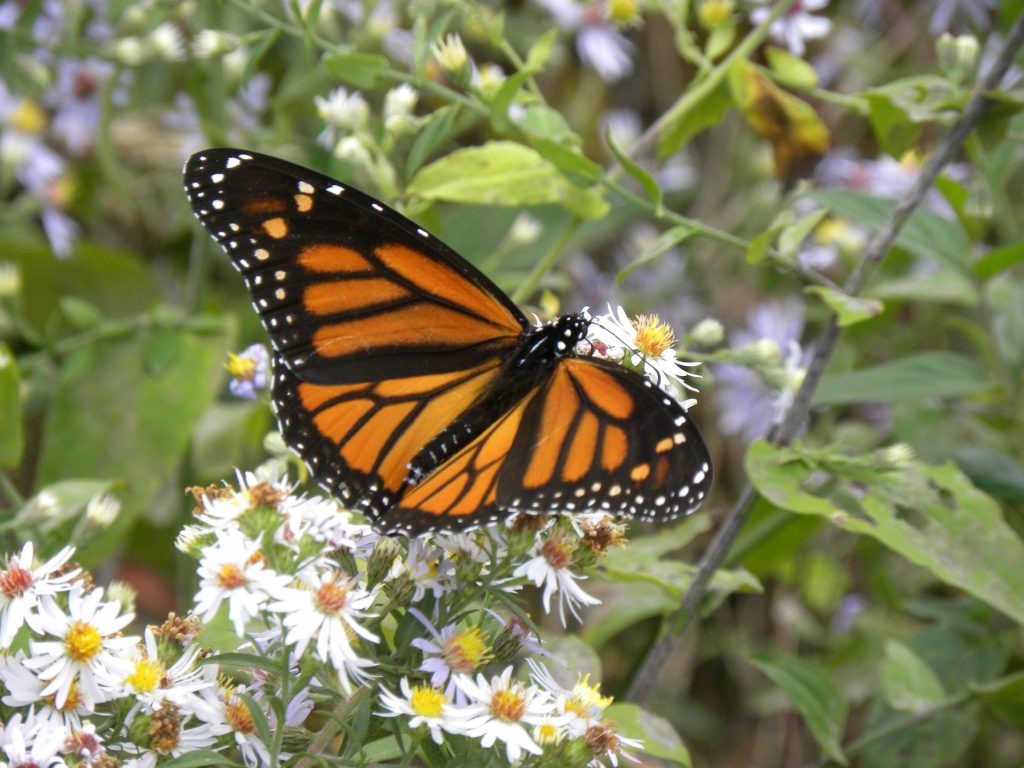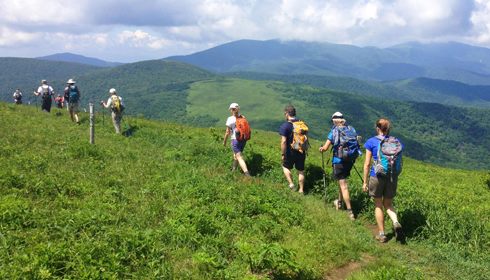Big Creek Wildflower Walk
Wildflower photos by Allen Miller
Our first field trip of the year drew seventeen BRNN members to view wildflowers on a mild, damp morning at Big Creek on the eastern edge of the Great Smoky Mountains National Park. We split into two groups, one taking the wide Big Creek trail that runs straight along the north side of the valley, the other crossing the creek to take the Baxter Creek trail that runs south towards Mt. Sterling. We found a total of 55 flowering plants, shrubs and trees without stepping off the trails. The Yellow Trillium was everywhere, with Purple Phacelia, Long-spurred Violet, and Foam Flower making fine shows. Members new to the area were delighted to discover Showy Orchis, Wild Ginger, and Yellow Mandarin, and more experienced wildflower enthusiasts got a chance to distinguish Golden Alexanders from Smooth Meadow Parsnip. Scott Dean would have been proud of us!


